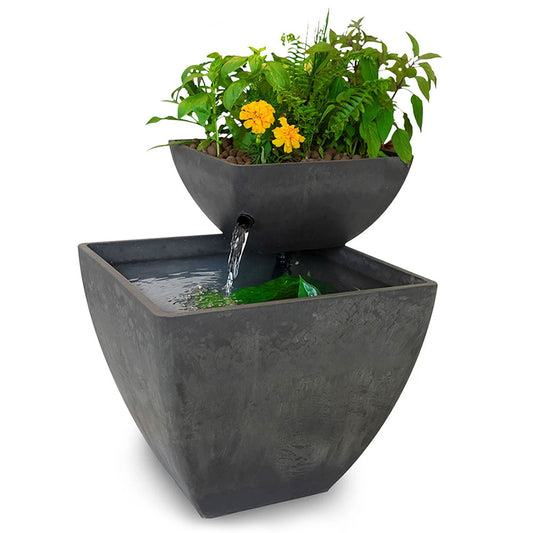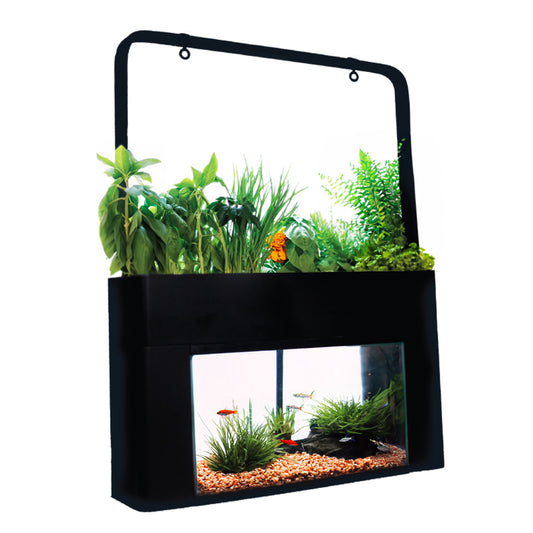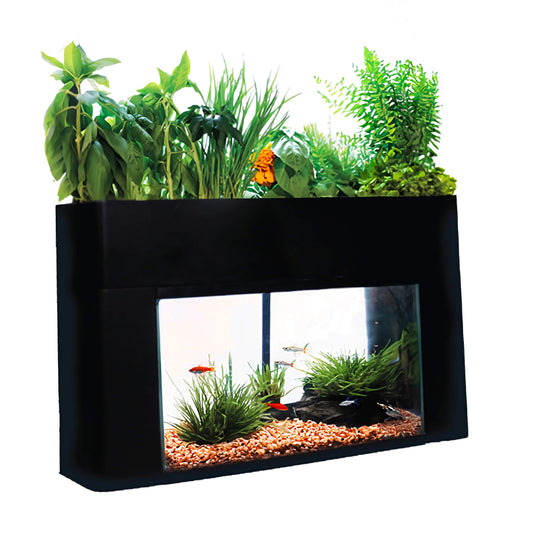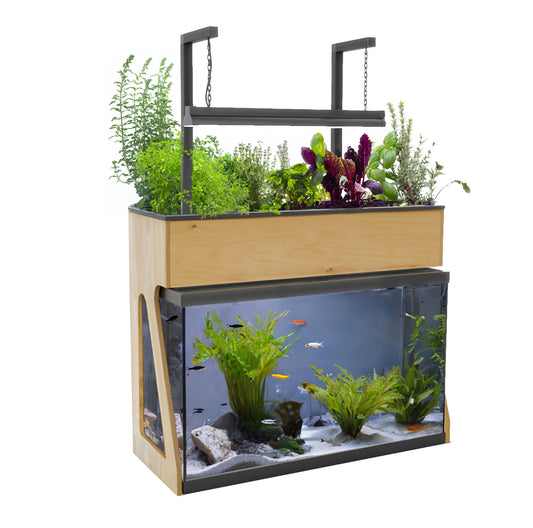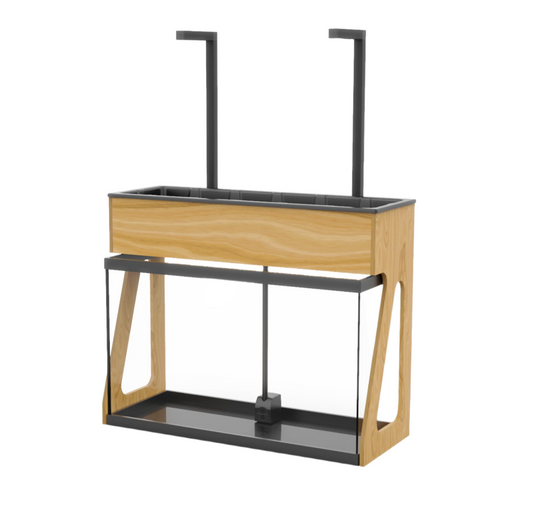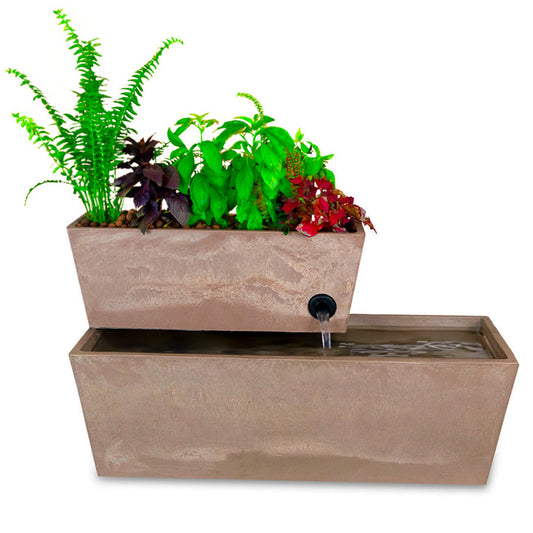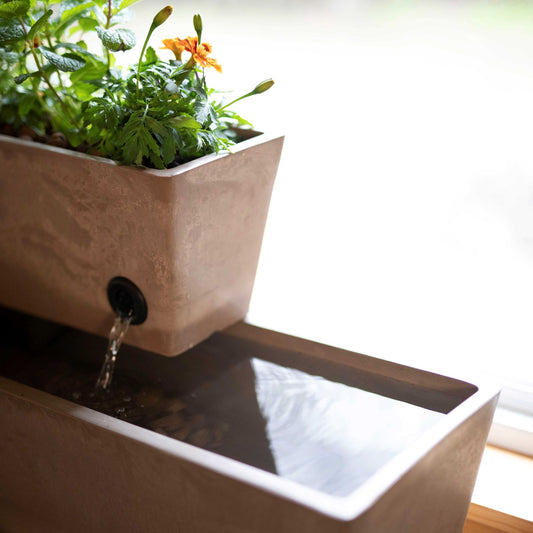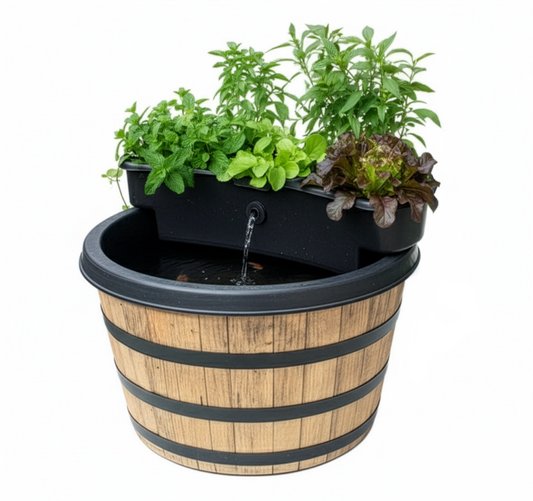Fishless Cycling Dosing Guide

So you decided to cycle using ammonia. now how much do you add?
Some products come with directions on how much ammonia to use based on the size of your system, but some may not, and you may prefer to DIY regardless. To figure out how much ammonia to use, you don’t need to fill and re-test the whole system. Here's the trick:
- Measure out a quantity of your water (making it an even quantity like 4 liters or 1 gallon makes the math simpler)
- Add a little ammonia (a few drops of liquid or the smallest quantity of powder you can measure), then stir and test the resulting concentration.
- Multiply (or divide) your test results to determine how much you'd need to add to reach your target concentration
- Multiply the resulting dose by the number of times your sample divides into your system to obtain the total dose needed to bring your system up to the target concentration
Example: You’ve measured out your water - say you took a 4 liter sample. You stir in one drop of your ammonia solution, and measure a concentration of about 2 mg/L. Dividing, you can calculate that you’ll probably need 2.5 drops to bring your sample up to a concentration of 5 mg/L. Add the number of drops you calculated, rounding down, and test then calculate again, just to double-check. Don’t worry if you get a fractional result - remember, you’re working with a sample here, so now you’ll need to multiply this sample result, in our case 2.5 drops, by the number of times your sample is multiplied to reach your system’s total volume. (If you wind up with big numbers or a lot of fractions or unit conversions, remember that you can usually just plug the math into Google for quick answers.)
Using the AquaSprouts Garden as our example, let’s say you need to know how many drops a 10-gallon tank requires if 4 liters requires 2.5 drops. A liter is close to a quart, so a good estimate would be 40 x 2.5 = 100 drops. Checking the math with the actual conversions gives 94.75, so that's a pretty close estimate. (And that's a lot of drops to count, so it might be a good idea to measure the number of drops in a teaspoon to make future dosing quicker and easier!)
Write this number down, because that’s the amount of ammonia you’ll be trying to keep in the tank. By keeping ammonia levels consistent, you’ll grow out a population of bacteria that’s dense enough to handle that amount of ammonia production on a daily basis, getting them ready for the constant waste stream produced by your fish.
Add the ammonia, let it mix, and test again, adjusting and noting your adjustments as necessary. Also note the starting pH and KH.
Once you’ve got your initial dosage and measurements, it’s all a matter of patience. Test ammonia and pH daily. If your pH starts to dip, adjust it upward, because if it drops too far your fledgling bacterial colony may slow down or even die off. Try to keep it above 6.8. If you started with very soft water, this may require frequent adjustment! Add ammonia daily as well to keep your concentration in the target range of 4-6 ppm.
AquaTip The amount of ammonia you need to add to bring your tank up to your target level is the same fraction of the initial dosage as the amount that has been used up. If you test your tank at 2 ppm and your target is 6 ppm, and you used 100 drops to reach target, you’ll need ([6-2]/6 = 4/6 = .667) * 100 = 67 drops to get back up to your target concentration.
Make sure to check out our complete cycling guide.

